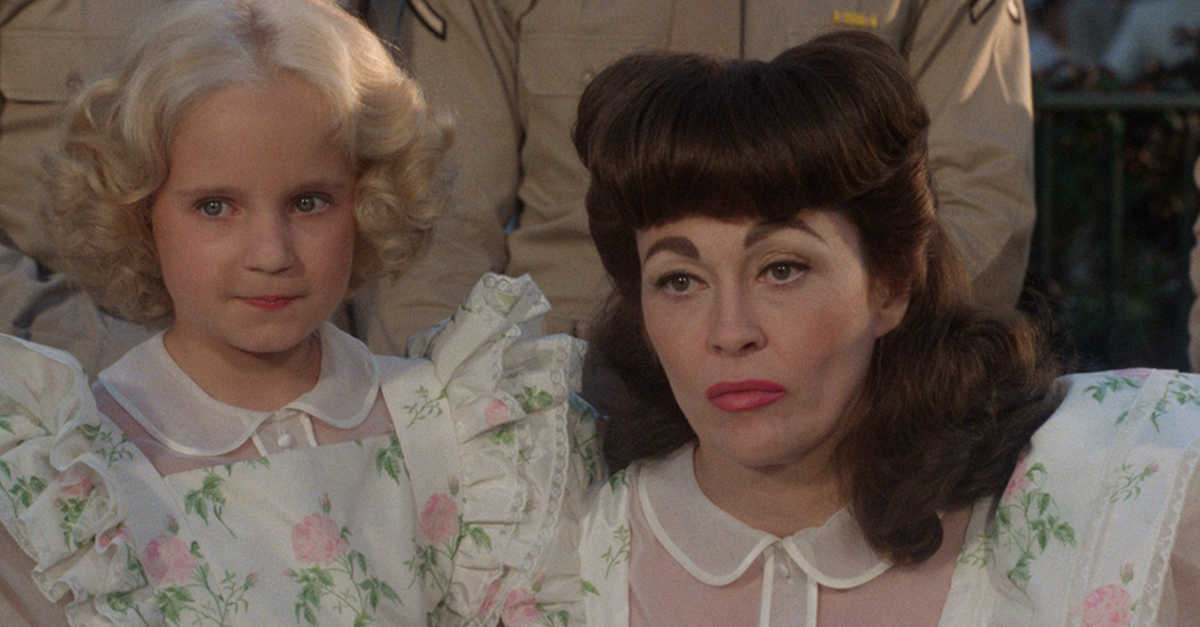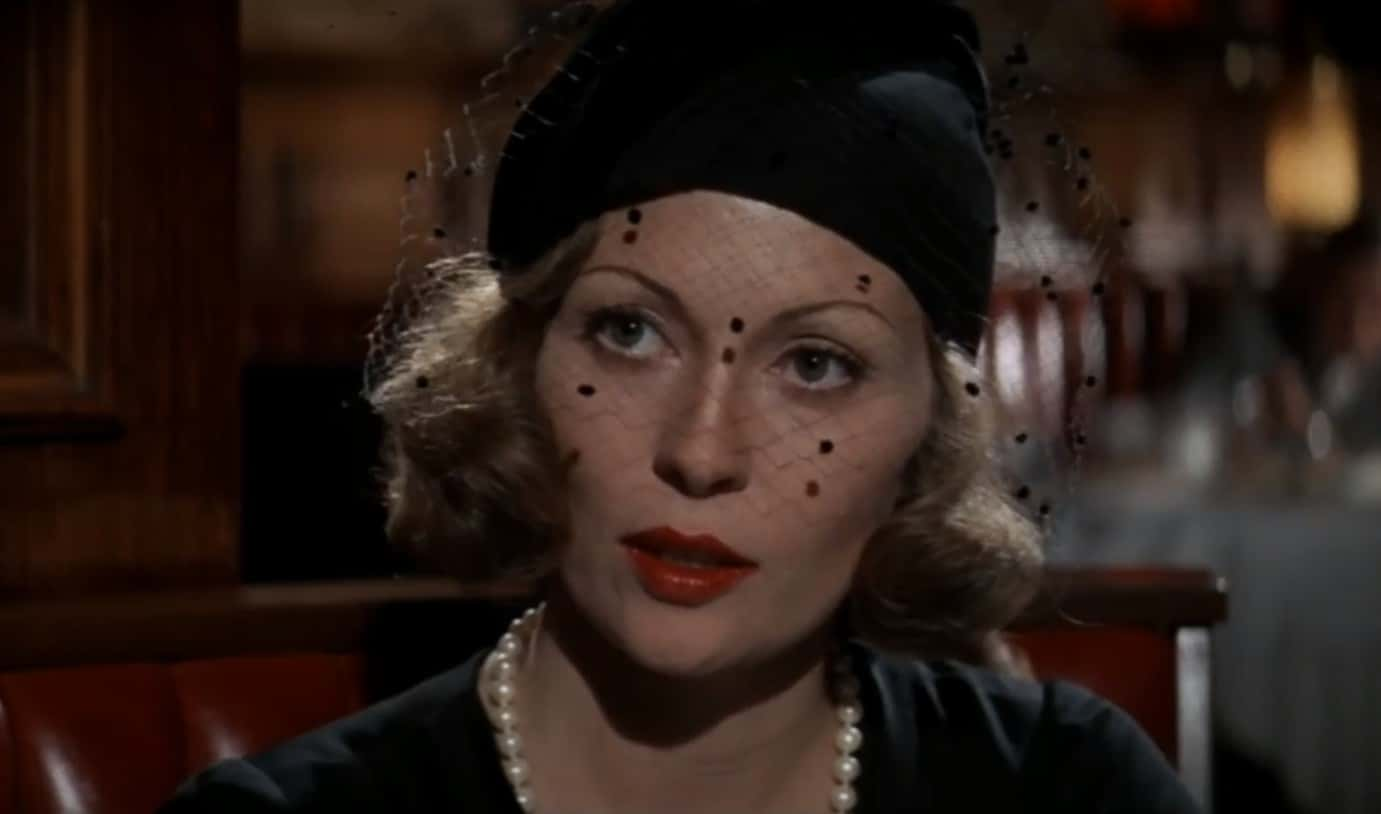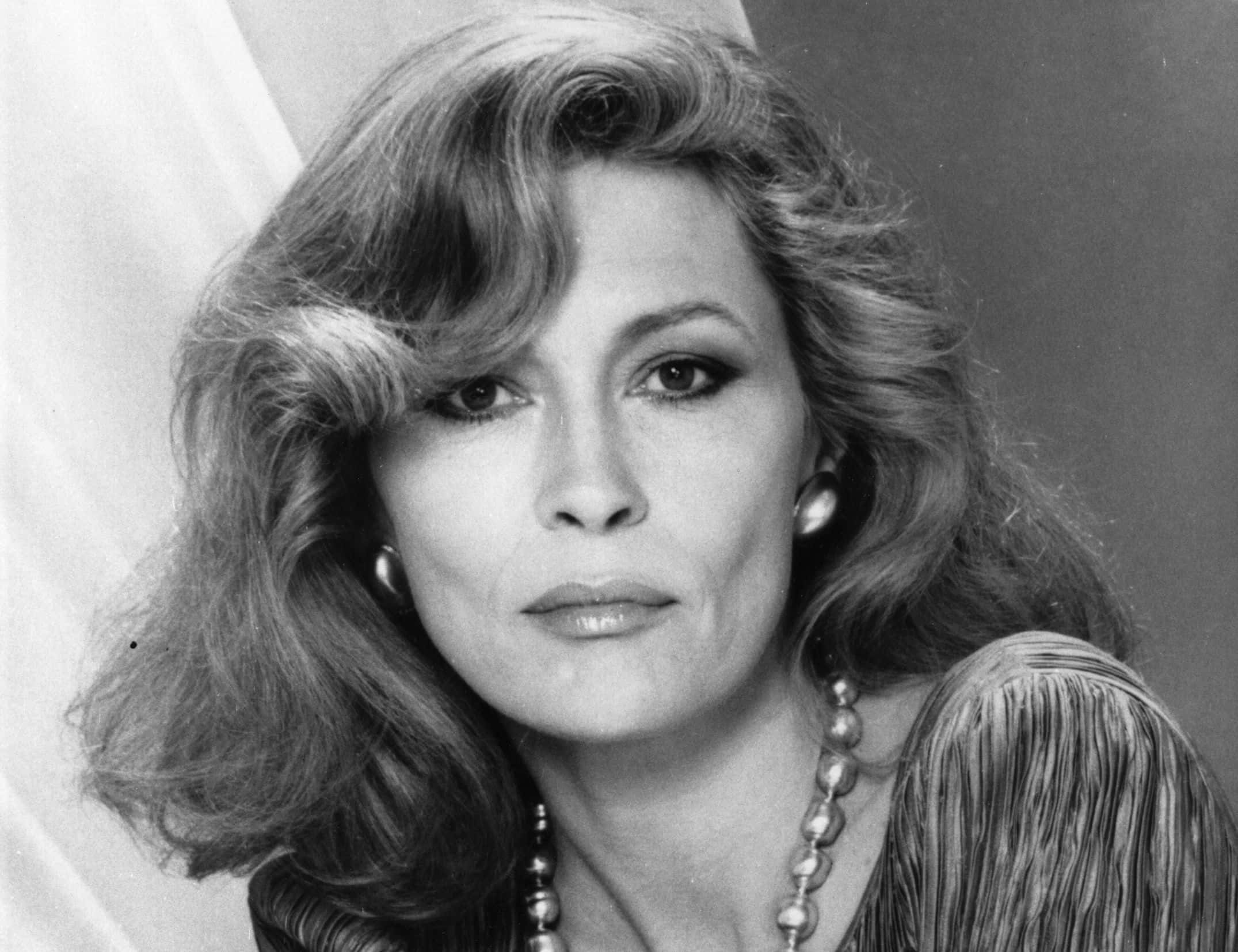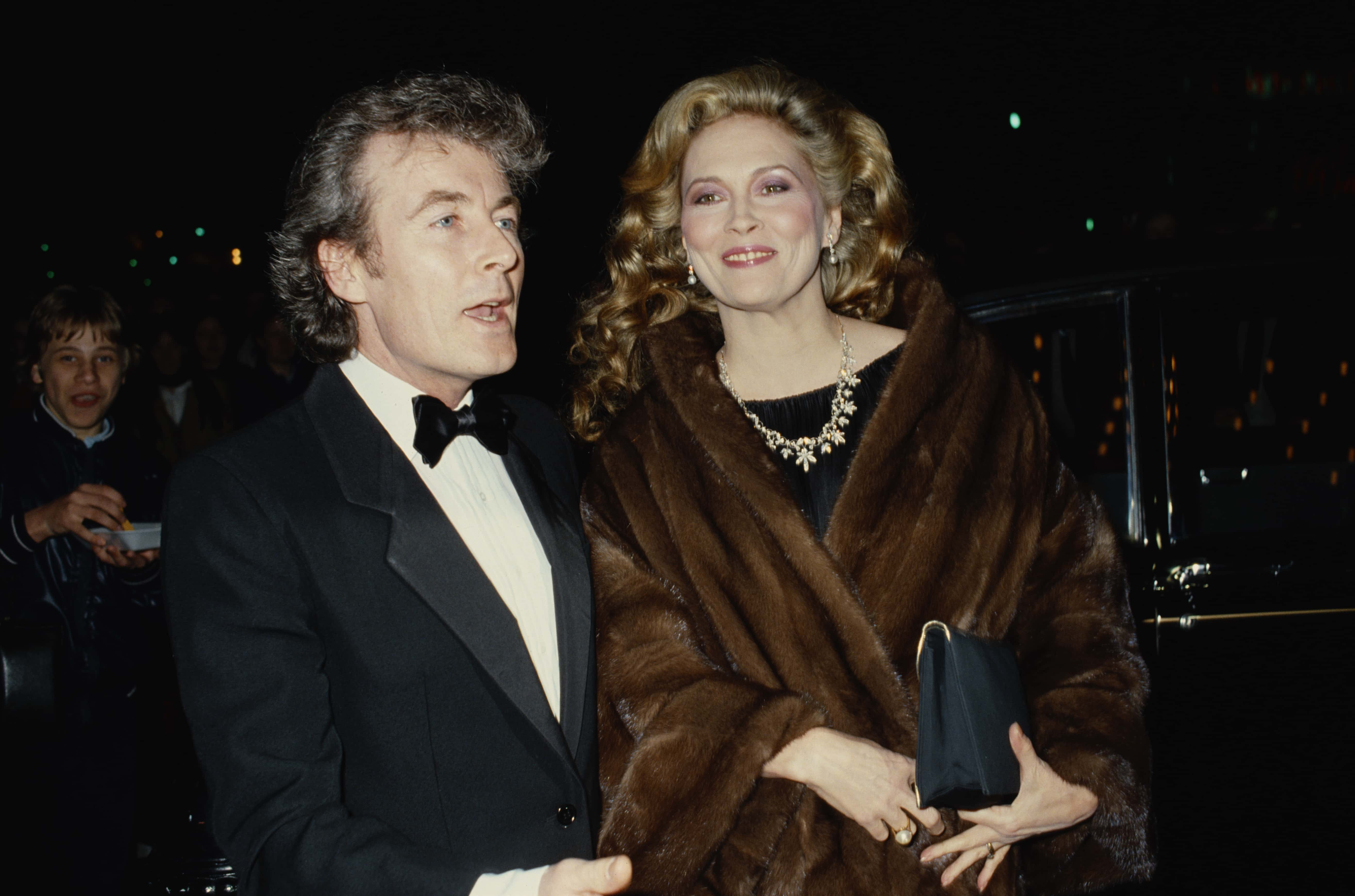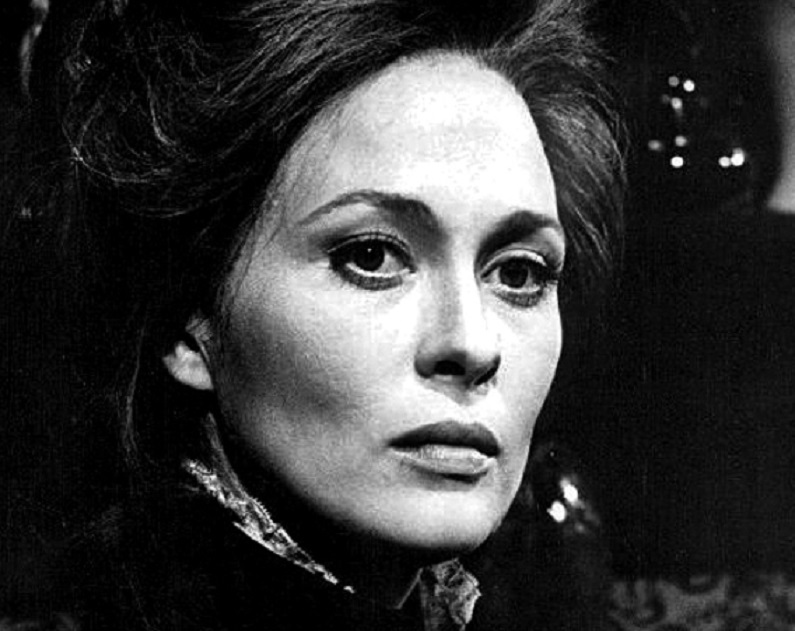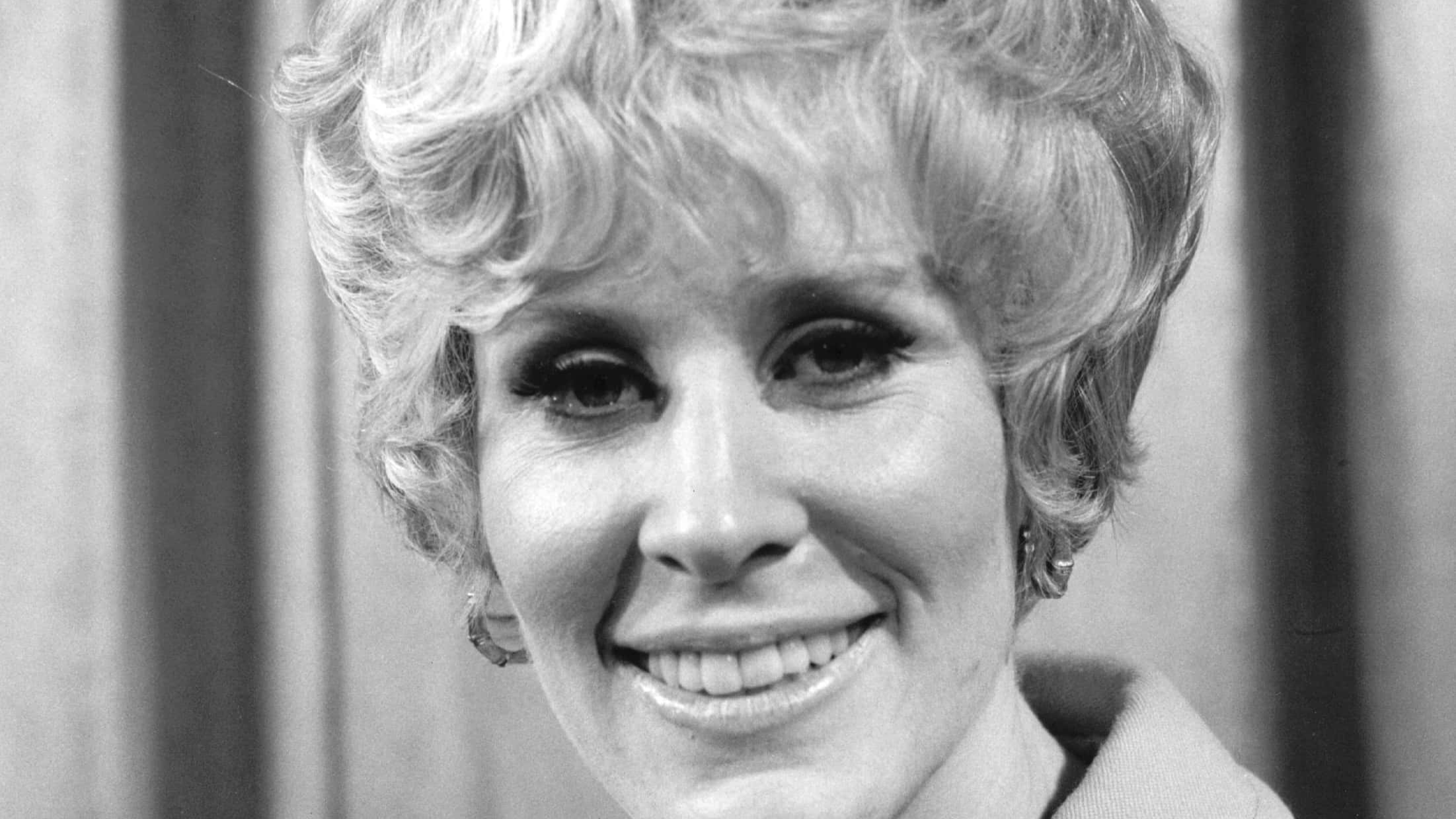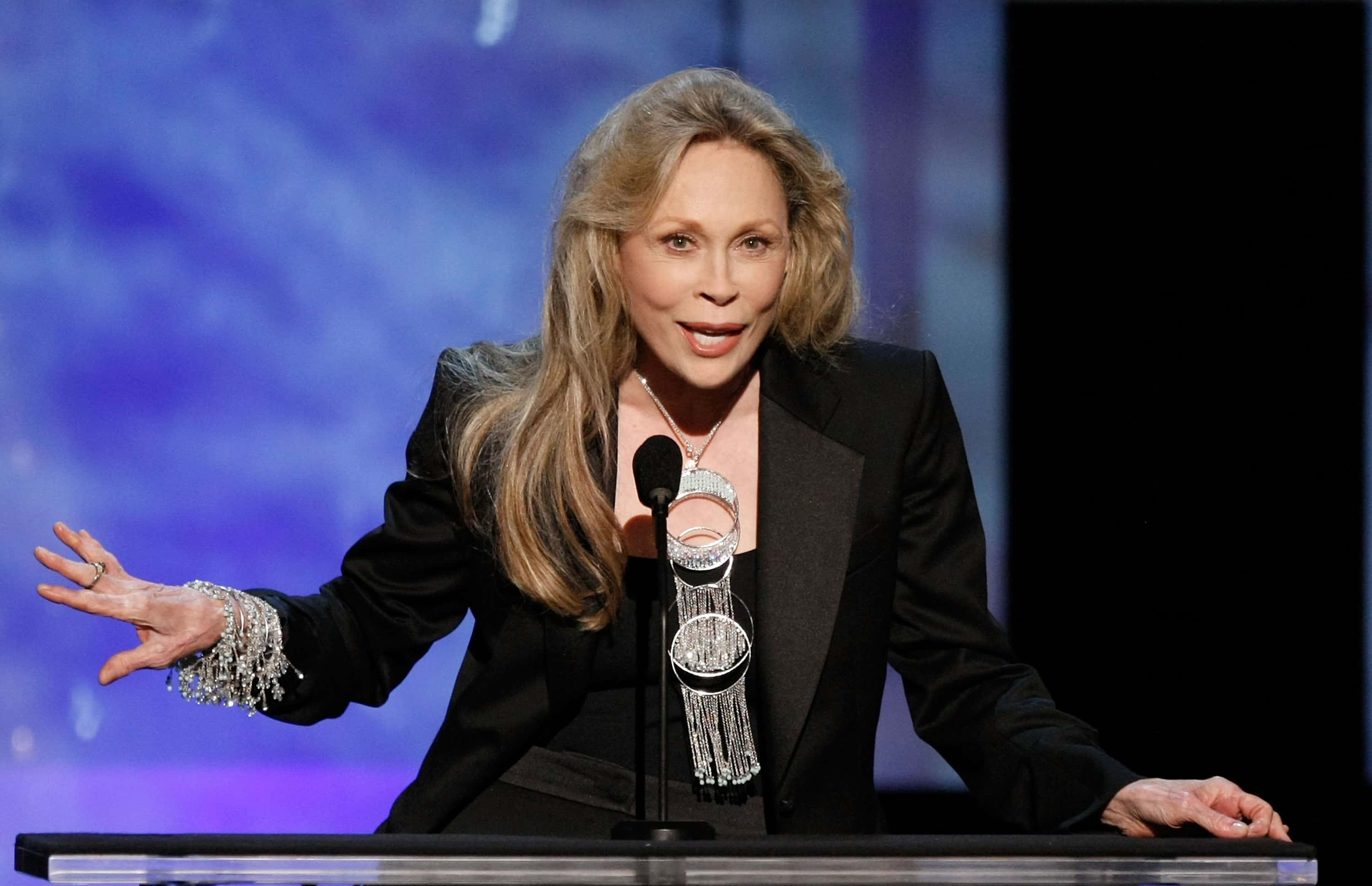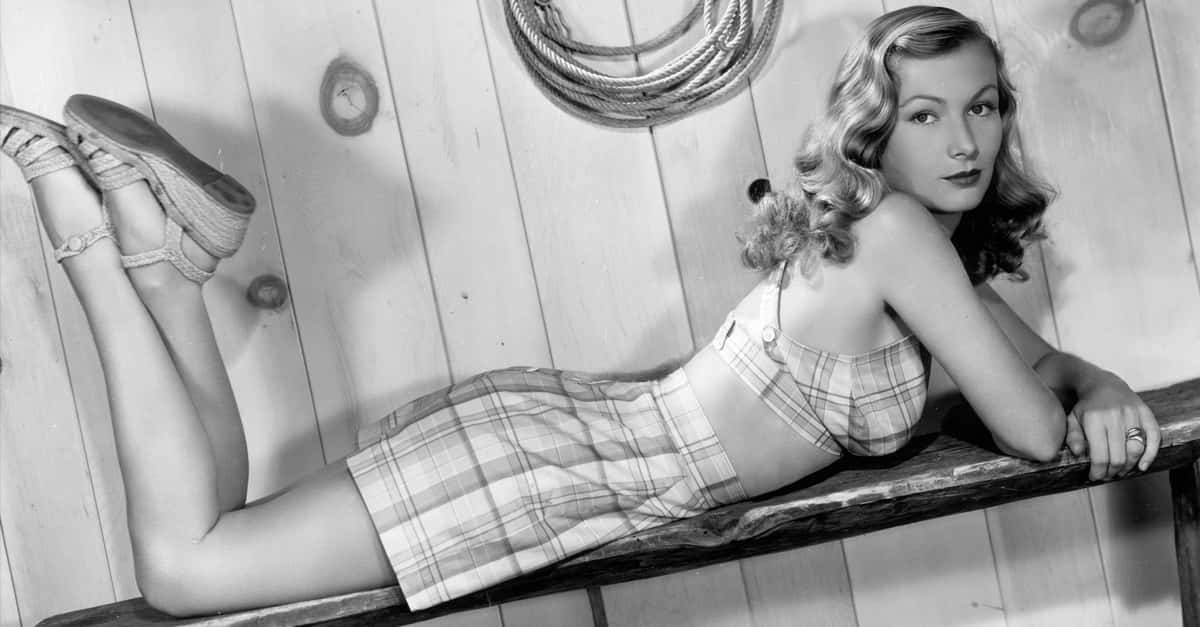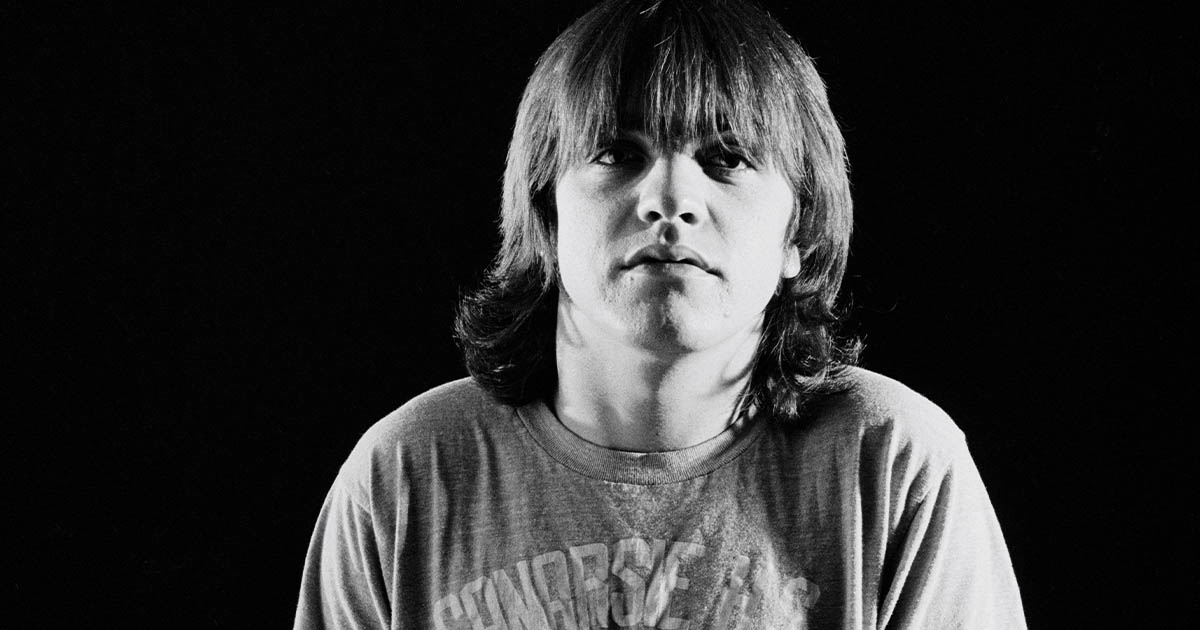The History Of Mommie Dearest
is an icon of classic Hollywood, famous as much for her acting as for her larger-than-life persona. After her death, one of her children, Christina, wrote a tell-all book, Mommie Dearest, that was made into a legendary film starring Faye Dunaway. Whether you believe Christina or not, or whether you think Mommie Dearest the movie is trash or brilliant or both, here’s the whole sordid backstory.
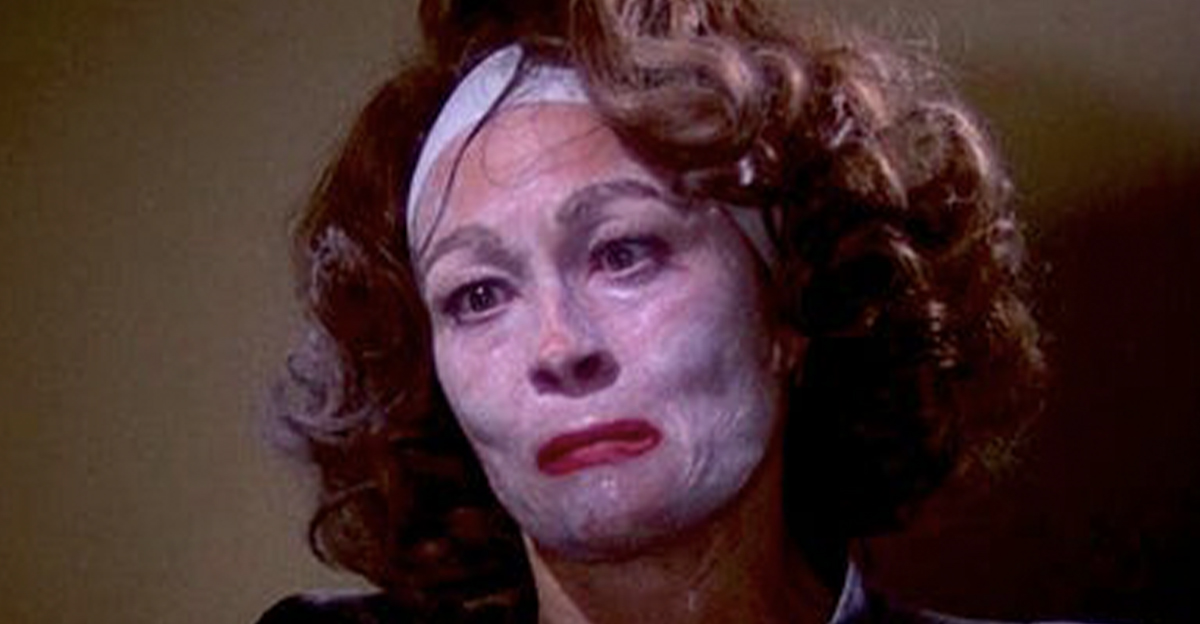
A Cult Classic
For a film that was panned by critics and was a box office bomb, it has gained new life as a cult classic. Film historian A Ashley Hoff states that people “have watched this film many, many times—sometimes for cathartic reasons, sometimes because they appreciate old Hollywood, and of course for the unintentional comedy”.
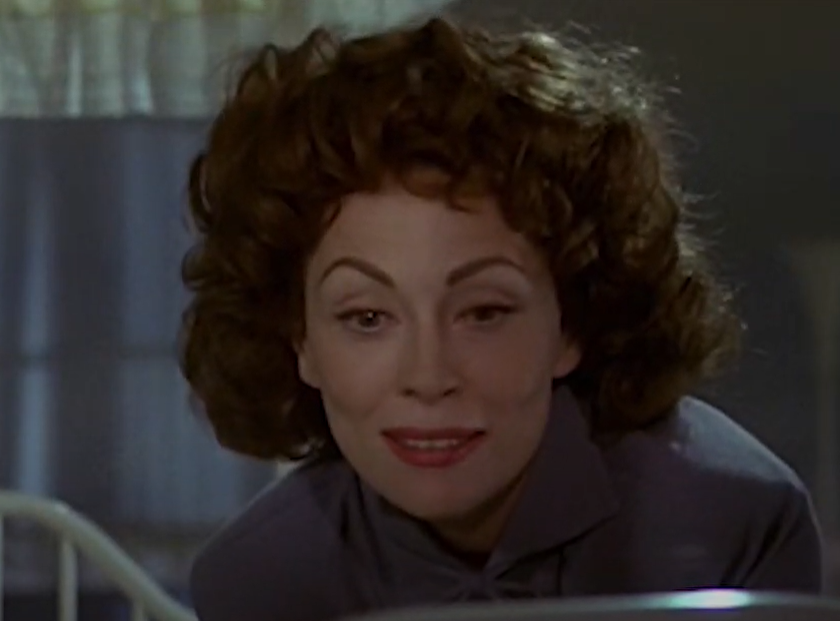 Paramount Pictures, Mommie Dearest (1981)
Paramount Pictures, Mommie Dearest (1981)
A Cult Classic
In 1978, Christina Crawford published her memoir, Mommie Dearest. Christina was Joan Crawford’s adopted daughter, and Christina’s exposé detailed the abuse she claims to have suffered at her mother’s hands. The film adaptation was riddled with production mishaps, and what was intended to be an Oscar-worthy prestige piece became something that was both ridiculed and loved as a camp classic.
 Unknown Author, Wikimedia Commons
Unknown Author, Wikimedia Commons
A Cult Classic
As Christina Crawford shopped her book around looking for a movie deal, she was initially tasked with writing the screenplay herself, with Paramount executive Frank Yablans knowing he would eventually get someone else. He wanted to ensure Paramount had the rights to the book.
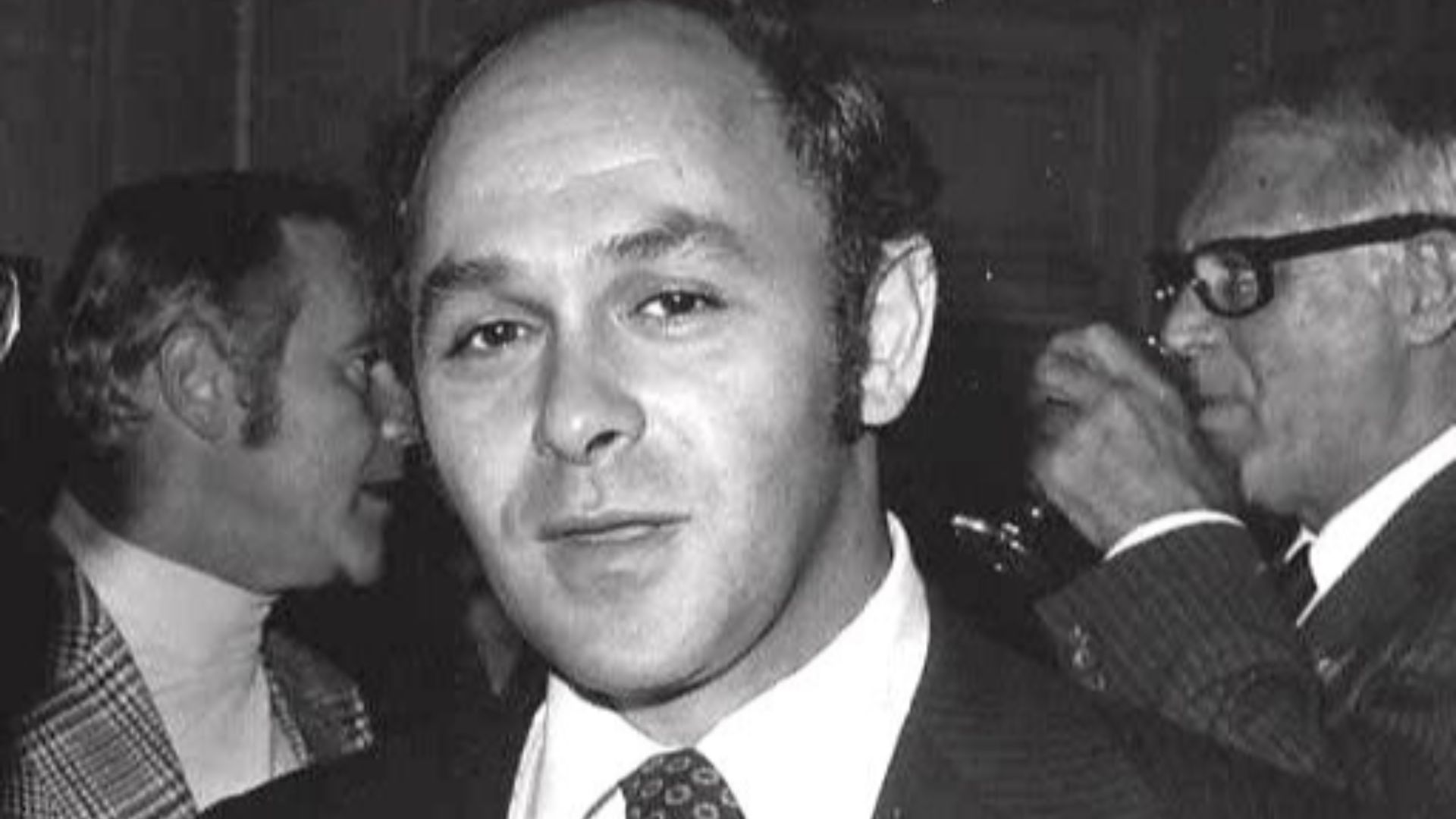 Paramount Studios, Wikimedia Commons
Paramount Studios, Wikimedia Commons
The Screenplay
Over two years, 18 drafts from various writers—including William Goldman (Butch Cassidy and the Sundance Kid) and acclaimed essayist Joan Didion—were written. The unknown Tracy Hotchner was finally chosen to complete the screenplay (it didn’t hurt that Hotchner was dating Yablans at the time).
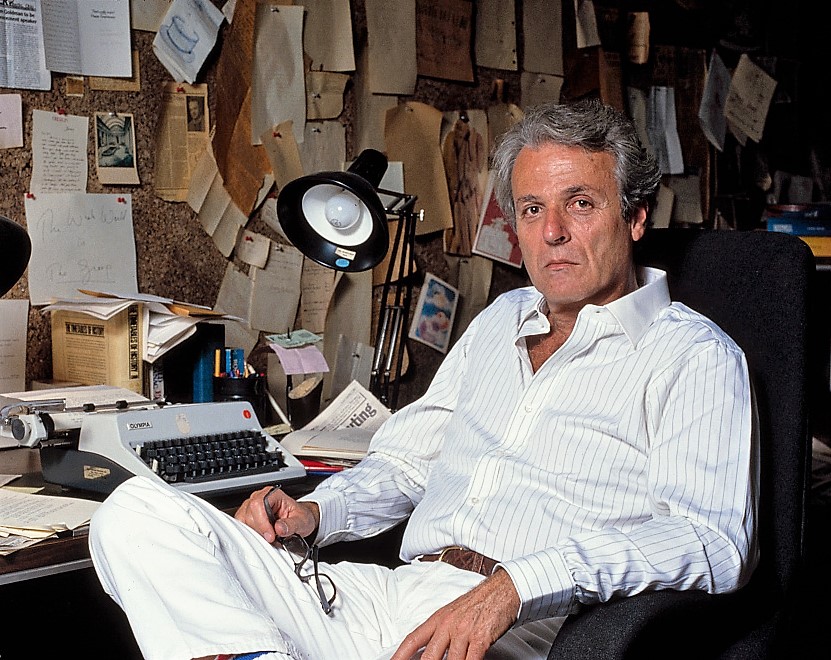 Gotfryd, Bernard, Wikimedia Commons
Gotfryd, Bernard, Wikimedia Commons
The Screenplay
Only a few months before the scheduled filming was to begin, the studio approved Hotchner’s version. Much to her surprise, she was not being credited as screenwriter, despite actually writing the approved screenplay. After negotiating with the studio for her rightful writing credit, Hotchner found out at the film’s New York premiere that she was given third billing as writer.
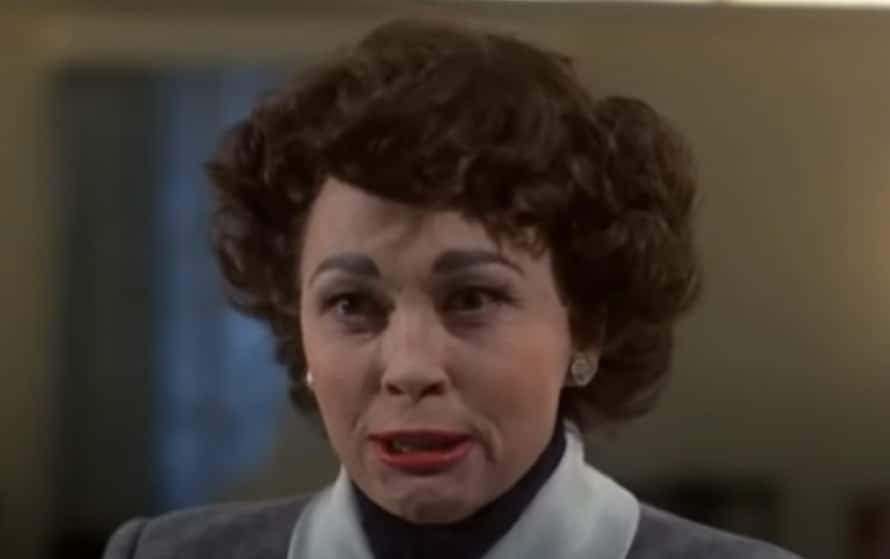 Mommie Dearest, Paramount Pictures
Mommie Dearest, Paramount Pictures
The Screenplay
Frank Yablans had given himself first credit, along with the film’s director, Frank Perry, as second credited writer. Hotchner was told that this was “just how things were”. She later said, “the men in charge took charge”.
Joan Crawford
Originally, Anne Bancroft was tapped to play Joan Crawford with Franco Zeffirelli directing. When Frank Perry was brought in instead as director, Bancroft left the project as she couldn’t stand Perry. After two years of rewrites and planning, and with the film scheduled to begin shooting soon, they had no Joan Crawford.
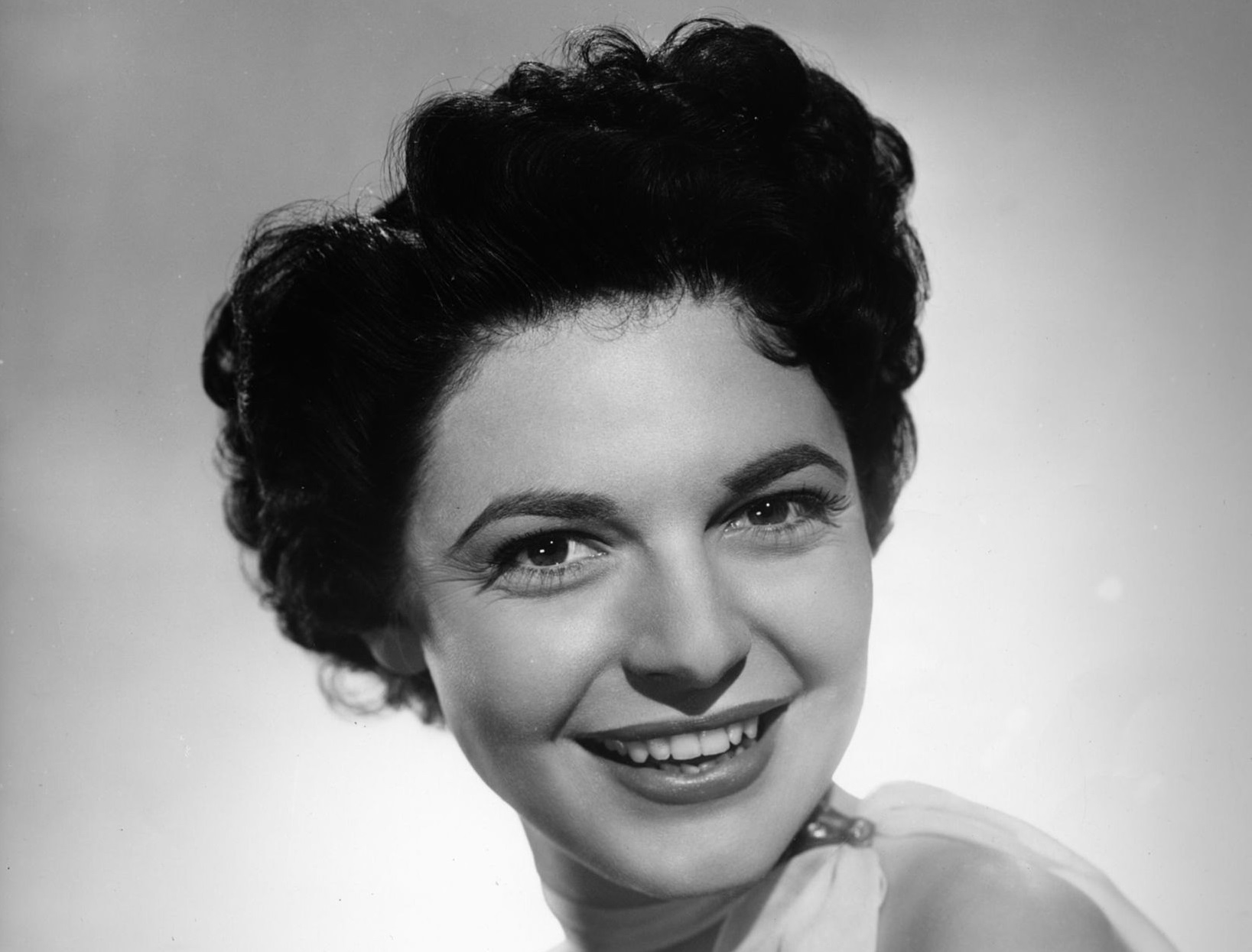 Twentieth Century-Fox studio, Wikimedia Commons
Twentieth Century-Fox studio, Wikimedia Commons
Faye Dunaway As Joan Crawford
Faye Dunaway had a great deal of success in the late 1960s with the classic film Bonnie and Clyde. After that, her career slowed down with several flops in a row. She managed to rebound in 1974 with Chinatown. She had several notable roles, but by 1980, she was looking for a big part to equal her success with those two earlier films.
Faye Dunaway As Joan Crawford
Dunaway had worked with Frank Perry in the early 1970s, and she heard that his latest project needed a lead. To ensure she would land the role, she went to the producer’s house for a cocktail party in full character. Her resemblance to Joan Crawford was uncanny, and she was hired on the spot.
Faye Dunaway As Joan Crawford
Unfortunately, Dunaway had been earning a reputation for being difficult on set. Although she did channel much of that into her role, it was not something the cast and crew wanted to experience when the cameras were not rolling. Dunaway also brought her current boyfriend, Terry O’Neill, to the set and insisted he be given a producer credit.
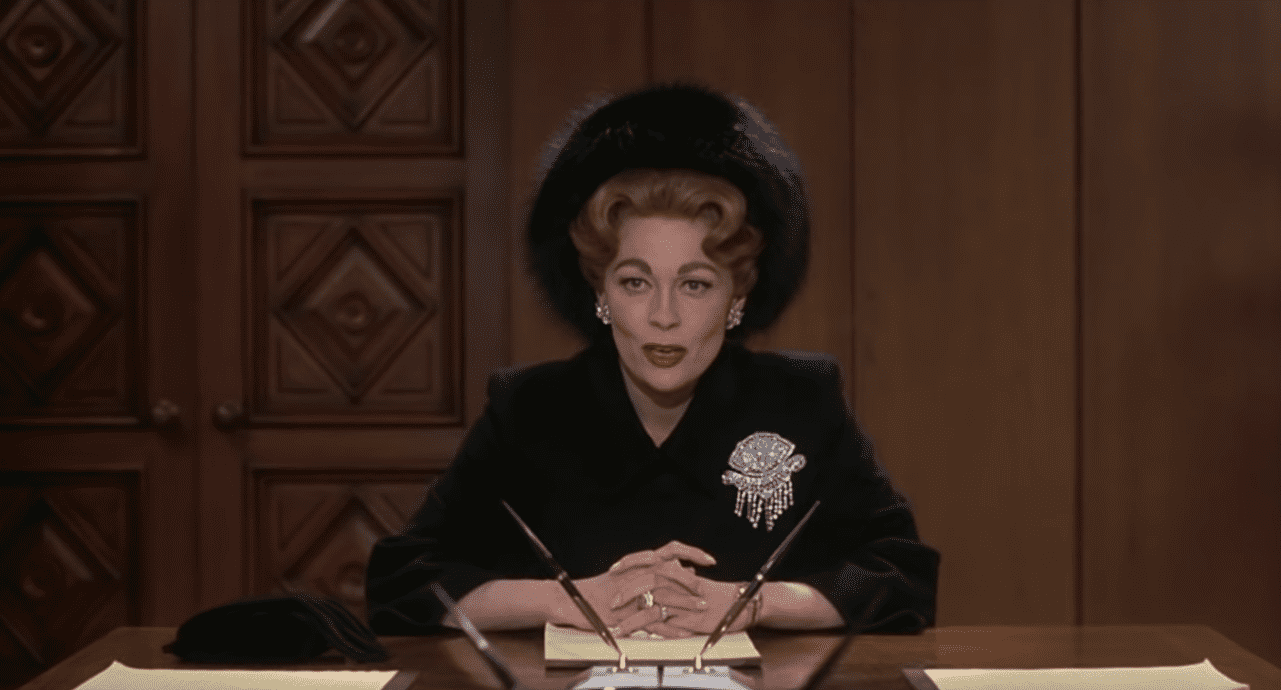 Mommie Dearest, Paramount Pictures
Mommie Dearest, Paramount Pictures
Demands
Desperate to move things along, the producers acquiesced to her demand. O’Neill now had a free run of the set. His “producer” tasks mainly consisted of wandering around the set while drunk. He and Dunaway would also engage in on-set fights when both had been drinking.
Demands
For a fight scene in the movie, O’Neill decided he had something to contribute. He showed up on location at a restaurant extremely drunk. The scene at the restaurant had been carefully blocked, and the cast and extras were all in place.
 Mommie Dearest "She's Drunk", Paul Davis
Mommie Dearest "She's Drunk", Paul Davis
Demands
O’Neill then proceeded to enact the famous hanger scene where Joan Crawford beats Christina, then a child, with a wire hanger. O’Neill acted out both parts, hitting himself with a hanger and stumbling around. The crew had no idea how to proceed and could only wait for O’Neill to wear himself out.
 No Wire Hangers - Mommie Dearest (6/9) Movie CLIP (1981) HD, Movieclips
No Wire Hangers - Mommie Dearest (6/9) Movie CLIP (1981) HD, Movieclips
Alienating The Crew
In addition to Dunaway’s drunken bouts with an equally drunk O’Neill, Dunaway also managed to alienate the crew. Although she later insisted this was all part of her Method acting, the crew lived in fear of accidentally making eye contact with Dunaway. She often ordered the crew to clear the set, forcing them to hide behind the boom-mic operator, with some even draping themselves with cloth to hide their faces.
Alienating The Crew
Dunaway insisted that she was a perfectionist possessed by the spirit of Joan Crawford. Her demands were mostly met by the producers in an effort to maintain peace on the set and get the project finished. Nevertheless, producer Frank Yablans and director Frank Perry both said that they would work with Dunaway again, although it was rarely them that faced Dunaway’s wrath but rather the crew, who could do nothing about it.
 Mommie Dearest and the Legacies of Faye Dunaway and Joan Crawford (ft. Lypsinka), Be Kind Rewind
Mommie Dearest and the Legacies of Faye Dunaway and Joan Crawford (ft. Lypsinka), Be Kind Rewind
Alienating The Crew
To the two Franks, the ends justified the means, and they were willing to put up with her difficult behavior if the final product was good. Dunaway’s co-stars, for the most part, took a similar position, even when Dunaway held up production locked away in her dressing room, upset about her hair or makeup.
 Mommie Dearest and the Legacies of Faye Dunaway and Joan Crawford (ft. Lypsinka), Be Kind Rewind
Mommie Dearest and the Legacies of Faye Dunaway and Joan Crawford (ft. Lypsinka), Be Kind Rewind
Alienating The Crew
Dunaway’s behavior was dismissed as just being part of her Method process. However, co-star Rutanya Alda, who was also trained as a Method actor, was not fond of her experience with Dunaway. Alda said that the real Joan Crawford got away with diva excesses because she came across as “ladylike” and did not take out her anger on the crew.
 Mommie Dearest Recut Trailer, JasonMovieGuy
Mommie Dearest Recut Trailer, JasonMovieGuy
Alienating The Crew
Dunaway, on the other hand, was rude to the crew and, according to Alda, everyone was constantly on pins and needles when she was around, unable to relax until she left the set. Because of her behavior towards those who had no power to stop her—the crew, actors in smaller parts, and background performers—Dunaway was widely despised.
Young Christina
Rutanya Alda was also required to make herself plain so as not to take attention away from Dunaway. While Alda did not enjoy her experience, child actor Mara Hobel did. The nine-year-old seemed to appeal to Dunaway’s maternal side, according to those on set, and Hobel says she mostly has fond memories of the experience.
 Michael Ochs Archives, Getty Images
Michael Ochs Archives, Getty Images
Young Christina
During her screentest, Hobel was asked to do the part after the infamous wire hanger scene. In the scene, Joan drags Christina to the bathroom and starts to cover everything in the room with Bon Ami cleaner. In reality, it was Comet and Hobel’s eyes reddened, and she struggled to breathe with all the cleanser in the air.
 Nothing is Clean - Mommie Dearest - Faye Dunaway, Lost Gems & Stinkers
Nothing is Clean - Mommie Dearest - Faye Dunaway, Lost Gems & Stinkers
Young Christina
For the actual filming, it was decided to use cornstarch for the sake of safety. That was just the first time Hobel was injured. In the scene where Joan violently cuts off Christina’s hair, Dunaway accidentally stabbed Hobel in the arm with scissors. In the wire hanger scene, director Perry insisted that Dunaway actually strike Hobel with a hanger, rather than using a dummy as originally planned.
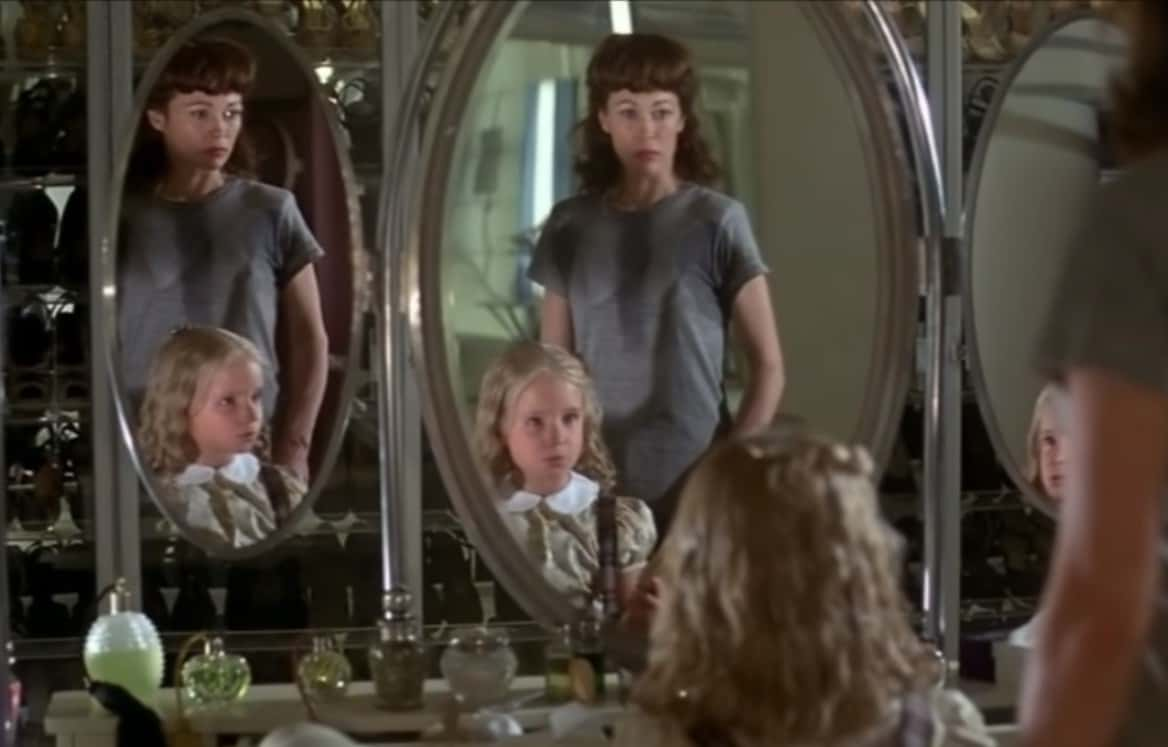 Mommie Dearest, Paramount Pictures
Mommie Dearest, Paramount Pictures
Young Christina
Hobel doesn’t hold Dunaway responsible for her injuries. She said she didn’t really feel anything during the hanger scene and dismissed it all as “it happens”. According to Hobel and other sources on set, Dunaway was not careless when it came to the brutal scenes with the child actor, and Dunaway was opposed to involving the young actor in those scenes.
 Michael Ochs Archives, Getty Images
Michael Ochs Archives, Getty Images
A Method Actor
After the film’s completion, the Franks (Yablans and Perry) suggested that the film’s realistic brutality was strictly Dunaway’s fault and that she got carried away as a Method actor. Hobel and others on the set place the blame squarely on Perry as the director.
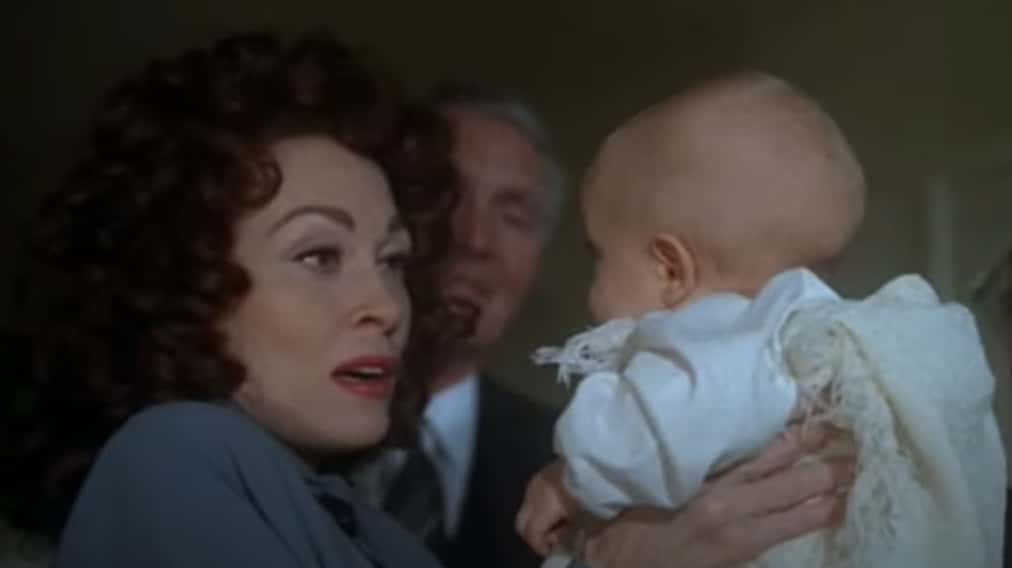 Mommie Dearest, Paramount Pictures
Mommie Dearest, Paramount Pictures
A Method Actor
With adult actors, Dunaway was less careful. Diana Scarwid played the adult Christina, and in a scene where Joan wrestles Christina to the ground, a reporter witnessing the scene stated that Dunaway showed a lack of restraint. When Christina’s character shouts, “I am not one of your fans!”, the reporter claims that it seemed like Dunaway became Joan Crawford and reacted to Christina’s exclamation violently.
 Mommie Dearest (7/9) Movie CLIP - Christina's Not A Fan (1981) HD, Movieclips
Mommie Dearest (7/9) Movie CLIP - Christina's Not A Fan (1981) HD, Movieclips
A Flop
With the chaos on the set, the producer and director hoped that it would translate into inspired filmmaking. In the end, it was a critical flop. There are several suggestions why that is, and why after being critically and commercially savaged, the film found new life as a camp masterpiece.
 Mommie Dearest (8/9) Movie CLIP - Rodeo Queen (1981) HD, Movieclips
Mommie Dearest (8/9) Movie CLIP - Rodeo Queen (1981) HD, Movieclips
A Flop
One problem was that the film did little to touch on who Joan Crawford was. The audience knew her, of course, but the film made no effort to explain just why Joan Crawford was a legendary performer. Behind the scenes, fighting between producers and studio executives resulted in countless script rejections and rewrites. The studio also cut $350,000 from the film’s budget at the last minute, forcing the director to scrap an opening scene meant to establish Joan Crawford as a real person.
 Vittorio Zunino Celotto ,Getty Images
Vittorio Zunino Celotto ,Getty Images
A Flop
Originally, the film was to open with Joan Crawford arriving on set at MGM after breaking her ankle, but she manages to give it her all as an actor. In the new opening scene, Joan Crawford dunks her face in an ice bath, arrives at the studio, and then returns home, with no further detail.
 MOMMIE DEAREST Intro, velvetgirl100
MOMMIE DEAREST Intro, velvetgirl100
A Flop
Other problems with the film had nothing to do with budget constraints but rather directorial decisions and flaws in the screenplay. In one scene, Christina’s brother is strapped to his bed at night, but it is never explained why. Likewise, other expository details were edited out with seemingly little care.
 Mommie Dearest (5/9) Movie CLIP - Pruning the Garden (1981) HD, Movieclips
Mommie Dearest (5/9) Movie CLIP - Pruning the Garden (1981) HD, Movieclips
A Flop
The film ended up $1 million over budget. Director Perry’s main concern was cutting the runtime of the film to an hour. Many expository scenes from Hotchner’s script were filmed, including both a tender scene between Joan and Christina and their reconciliation at the end, but these were all cut.
 Michael Ochs Archives, Getty Images
Michael Ochs Archives, Getty Images
A Flop
Much of what would have made Joan Crawford less of a monster was cut, and many of the transitions are jarring. In one scene, Joan wins an Oscar, and it then cuts to her yelling at Christina in the middle of the night over wire hangers.
 Mommie Dearest, Paramount Pictures
Mommie Dearest, Paramount Pictures
Unhinged
The effect on the film was that Christina is relentlessly abused by Joan but Joan is played so over the top that the scenes become comical. As the movie progresses, the audience’s cautious laughter turns into all-out laughter as the film becomes more unhinged.
 Mommie Dearest (1981) Trailer | Faye Dunaway | Diana Scarwid, Film Trailer Channel
Mommie Dearest (1981) Trailer | Faye Dunaway | Diana Scarwid, Film Trailer Channel
Unhinged
Neither of the Franks ever took responsibility for the disaster of a film they helmed. They believed they had created the Great American Tragedy after seeing the rough cut. When the final cut was released, the critical drubbing was dismissed as Dunaway’s fault. She, not they, was to blame for being over budget and over-the-top.
 Mommie Dearest Recut Trailer, JasonMovieGuy
Mommie Dearest Recut Trailer, JasonMovieGuy
A Critical Reassessment
The critical reassessment the film has enjoyed in later years has everything to do with Faye Dunaway’s performance. Some critics feel that it was Dunaway who saved the film from obscurity, and if the Joan Crawford character had been played in a more subdued manner by a different actor, the film’s major directorial flaws would have been what audiences remember.
 Mommie Dearest Recut Trailer, JasonMovieGuy
Mommie Dearest Recut Trailer, JasonMovieGuy
A Critical Reassessment
Dunaway’s performance was over the top, completely scene-chewing mayhem. Frank Perry directed Dunaway that way, thinking he was creating an operatic tragedy. Her overacting is what Perry wanted.
 Mommie Dearest Recut Trailer, JasonMovieGuy
Mommie Dearest Recut Trailer, JasonMovieGuy
A Critical Reassessment
Had Dunaway’s performance been more restrained, it is unlikely that anyone would be talking about the film today. Dunaway played the role as demanded, and it was what, in the end, people remember. As the audience grew for the film, when word of mouth spread about the film’s camp value, the studio rebranded the film as a dark comedy.
 Mommie Dearest Recut Trailer, JasonMovieGuy
Mommie Dearest Recut Trailer, JasonMovieGuy
A Critical Reassessment
Both the original book and the film flatten Joan Crawford into an image. With Dunaway’s performance, and the director’s unintentionally literal depiction of Crawford as a glamorous monster, with unhinged closeups and the over-the-top violence, the film was reread as camp and queer. Dunaway’s makeup, the drawn-in eyebrows, cheekbones, and snarling lips make for a grotesque mask.
 Michael Ochs Archives, Getty Images
Michael Ochs Archives, Getty Images
A Critical Reassessment
The reliability of the book—Christina’s siblings all claimed that the book was fiction—became secondary to Dunaway’s performance. The film, meant to be serious, was now a darkly comic portrait of aging stardom and the “illusion of perfection”.
A Critical Reassessment
Dunaway is also now perceived as a successful Method actor, often seen as a domain for male actors. Much of what Dunaway was criticized for, male actors are celebrated. For example, Dustin Hoffman being difficult on set is part of his acting process, yet Dunaway is seen as a diva who is impossible to work with.
Dunaway’s Reputation
The film’s reassessment has everything to do with a reassessment of Dunaway, not the director and his “vision”. Dunaway’s performance is no more over the top than Robert DeNiro's in Taxi Driver. The only difference is what is perceived as important—namely, stories about men rather than stories about women.
 Taxi Driver | You Talkin' to Me? (Robert De Niro) by Crime City
Taxi Driver | You Talkin' to Me? (Robert De Niro) by Crime City
You May Also Like:
15 Times Method Actors Took It Way Too Far
Nightmare Film Sets That Took “Break A Leg” Literally
Joan Crawford’s Life Was Even More Scandalous Than Her Movies

